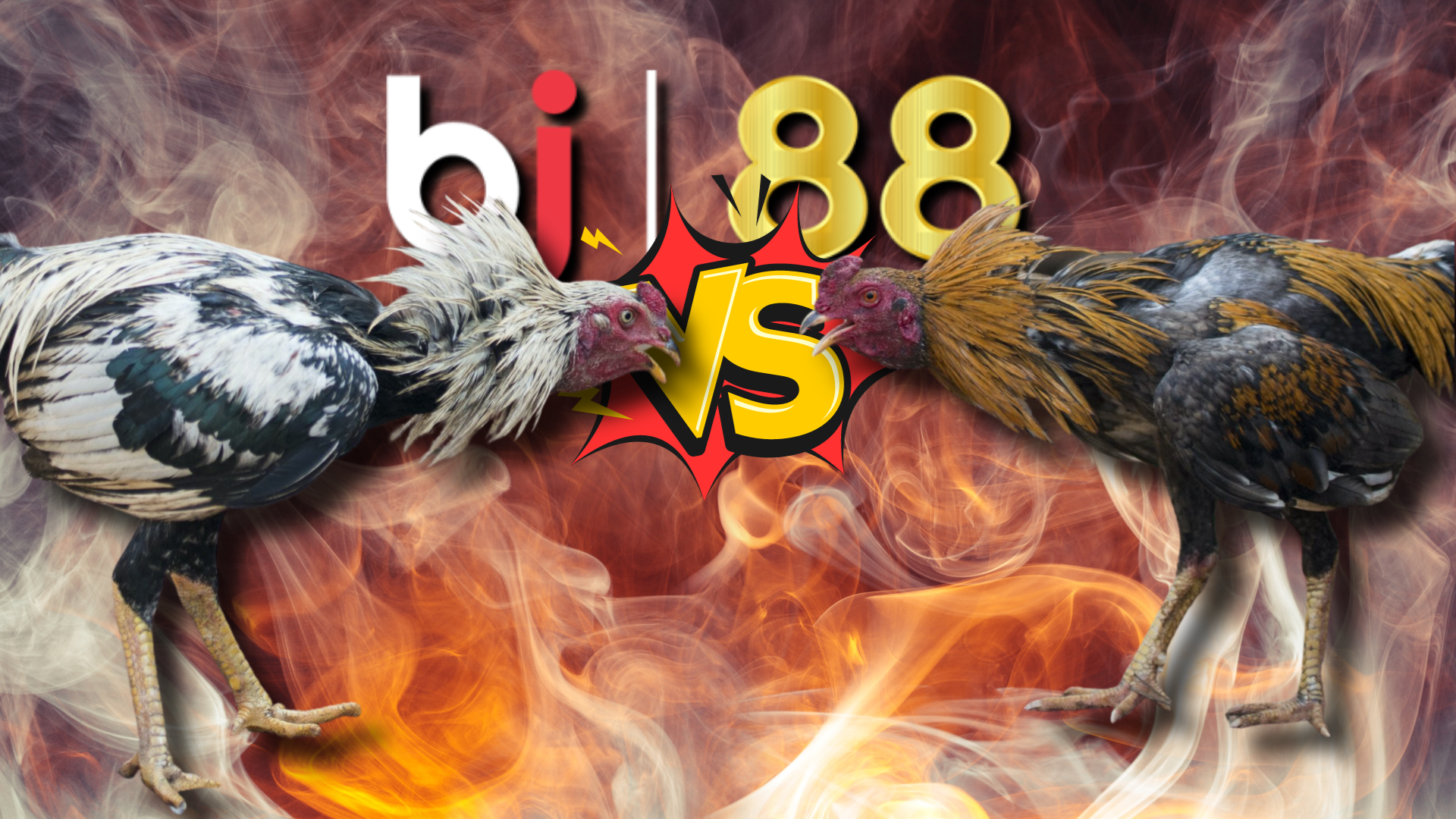A Comprehensive Exploration of Cockfighting in the Philippines
A Comprehensive Exploration of Cockfighting in the Philippines
Cockfighting, locally known as Sabong, holds a prominent place in Filipino culture and history. Rooted in pre-colonial times, this sport is deeply ingrained in the lives of many Filipinos, especially in rural areas. Beyond being a source of entertainment, Sabong is a significant industry, generating substantial revenue and providing livelihoods to many. In this comprehensive guide to Sabong in the Philippines, we delve into the sport’s history, cultural importance, gameplay, its influence on popular culture, the economic aspects, ethical concerns regarding animal welfare, Sabong tourism, and what the future holds for the sport in the country. Whether you are a Sabong enthusiast or a curious traveler, this guide aims to offer a complete understanding of the world of Sabong in the Philippines.
Historical Roots of Sabong in the Philippines
The origins of Sabong trace back to the pre-colonial era in the Philippines. Even before the Spanish colonization, cockfighting was a favored pastime among indigenous tribes. It served as a means to exhibit breeding skills and pay tribute to their deities.
During the Spanish colonial period, cockfighting underwent formalization and organization. The Spanish introduced standardized rules, and the sport became popular among the colonizers. Gambling became closely associated with cockfighting, and betting on the outcomes of fights became a norm. While the Americans initially banned cockfighting when they took over the Philippines in the 20th century, it was later legalized and regulated, leading to the proliferation of cockfighting arenas across the nation.
Today, Sabong remains a beloved sport in the Philippines, attracting millions of participants annually. Its historical and cultural significance continues to make it an integral part of Filipino life.
Understanding How Sabong Is Played
Sabong revolves around the breeding and combat of roosters, as two birds face off within a designated arena. The arena is typically circular, surrounded by an audience of spectators. The roosters are equipped with sharp blades or spurs on their legs, with the objective being to injure or defeat their opponent.
Diverse Types of Fights
Sabong offers various types of fights, each with distinct rules and strategies, contributing to the sport’s excitement:
Derby: Involves multiple roosters from different breeders competing, with the last surviving bird declared the victor.
Hackfight: In this type of fight, roosters engage until one is either killed or unable to continue.
Gaff Fight: Engages roosters equipped with metal blades or gaffs attached to their legs.
Rules and Regulations
While Sabong is legal in the Philippines, it is highly regulated to safeguard the well-being of the birds involved. Precise rules and regulations govern every facet of the sport, from the birds’ weight to the length of their blades or spurs. Referees supervise the fights to ensure rule compliance, and violations may lead to penalties or disqualification. Comprehending and respecting these rules is crucial for responsible and safe participation in Sabong.
Weight of the Birds: Roosters must fall within a specific weight range to ensure an even match.
Length of Blades or Spurs: The length of blades or spurs on the roosters’ legs is regulated to prevent excessive harm or death.
Duration of the Fight: Each fight has a predetermined duration, typically lasting 10 to 15 minutes.
Referees: Referees oversee the matches and are responsible for enforcing the rules, including disqualifying birds or their handlers for rule violations.
Sabong is a fiercely competitive sport demanding skill and strategy. Rooster breeding and training are taken with the utmost seriousness, with breeders dedicating years to perfecting their techniques. For many Filipinos, Sabong represents both a pastime and a way of life.
Prominent Fighting Cock Breeds in the Philippines
Fighting cock breeds hold a storied history in the Philippines, with several prized for their strength, stamina, and agility in the ring. Some of the most renowned breeds include Asil, Kelso, Sweater, Roundhead, and Bulik, each possessing distinctive characteristics suitable for cockfighting matches.
However, there are numerous other fighting cock breeds in the Philippines, each with its own unique traits:
- Asil (Aseel): A breed known for its aggressive behavior and stamina, originally from India and Pakistan.
- Banaba: A type of tree in the Philippines with medicinal properties.
- Batangas: A province in the Philippines famous for its beaches, diving spots, and historical landmarks.
- Bulik: A breed known for its striking appearance and strong fighting abilities.
- Butuanon: A breed from Butuan City in the Philippines, prized for its speed and agility.
- Carol Neumann Grey: A strain known for intelligence and fighting prowess.
- Dom: A breed initially from Cuba, recognized for agility and quick reflexes.
- Hapon: A breed from the Philippines with a reputation for strength and fighting ability.
- Jolo: An island in the Philippines celebrated for its beautiful beaches and historical landmarks.
- Kelso: A breed developed by Walter Kelso, acclaimed for its excellent fighting abilities and hardiness.
- Lemon: A strain known for agility and aggressive behavior.
- Minor Blue: A breed recognized for its speed and endurance in the ring.
- Radio: A strain known for intelligence and fighting prowess.
- Roundhead: A breed celebrated for its tenacity and fighting spirit.
- Sweater: A breed developed by crossing an Irish pit game with a Hatch gamefowl, known for its aggressive nature and fast footwork.
Standard Terminology in Cockfighting
Cockfighting, like any sport, has its unique set of terms and language:
- Cockfighting arena: The designated area for cockfighting matches.
- Gaff: A small, sharp blade attached to a rooster’s leg to enhance its chances of injuring its opponent.
- Handlers: Individuals responsible for managing the roosters during matches, often referred to as “cocks” or “birds.”
- Derby: A tournament-style competition where multiple roosters compete against each other in a series of matches.
- Pitmaster: The person overseeing and regulating cockfighting matches, ensuring rule adherence and humane treatment of the birds.
- Spur: The natural projection on a rooster’s leg used in cockfighting; it can also refer to the metal attachments used to sharpen the spur.
- Wagering: The practice of placing bets on the outcome of a cockfighting match.
The Ongoing Evolution of Sabong
The future of Sabong in the Philippines is in a state of flux, with the industry grappling with various challenges and changes. One of the primary challenges is the mounting concern over animal welfare and ethical issues associated with Sabong. Calls for more stringent regulation and enforcement of animal welfare laws could potentially lead to substantial transformations in the industry.
Another challenge revolves around shifting attitudes among younger generations. Some Filipinos are beginning to question the cultural and social implications of Sabong, expressing concerns about the violent and gambling elements of the sport. Nonetheless, Sabong remains deeply ingrained in Philippine culture and society, continuing to draw millions of Filipinos annually. The industry exhibits no signs of decline.
The future of Sabong is likely to hinge on how the industry adapts to evolving attitudes and concerns, addressing the ethical and animal welfare issues that have gained prominence in recent years. Nevertheless, Sabong will undoubtedly continue to play

